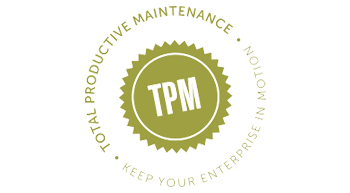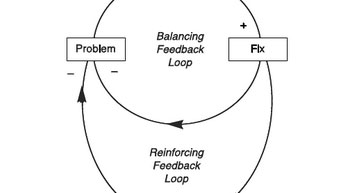The Big Miss·take
The ‘big miss’ in golf terms refers to a bad golf shot, one from which the player cannot recover par. I was reminded the other day about another type of ‘big miss’, this one occurs in the workplace rather than on a golf course.
Read more










